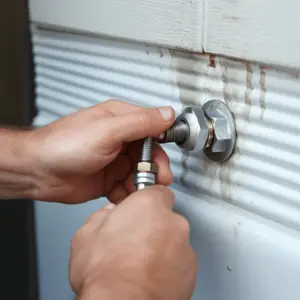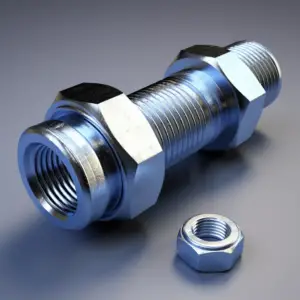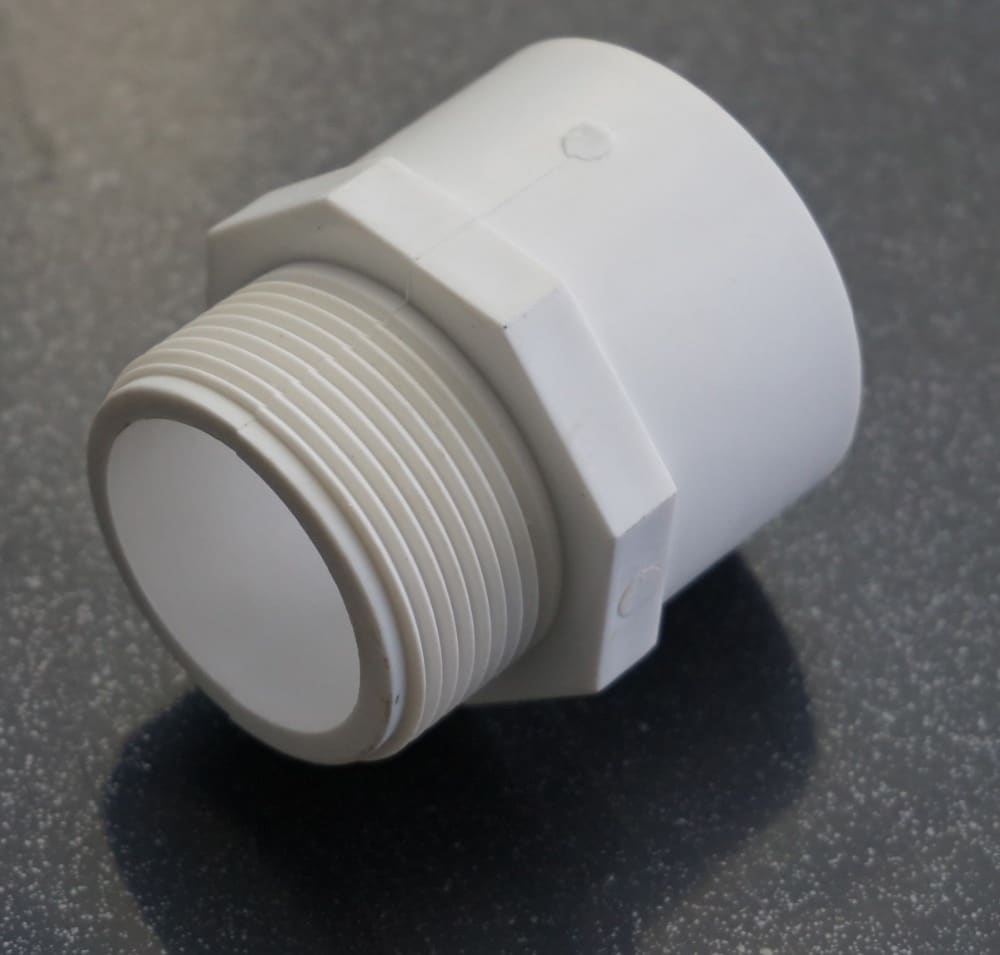Threaded joints as used in construction and plumbing are meant to help connect pipes and fixtures. They are not the hardest to install, but you must make sure they are done correctly.
Otherwise, a leaking threaded joint is not only a waste of valuable natural sources; in fact, in the mechanical and manufacturing sectors, a leaking threaded joint can be a terrible problem.
They can be detrimental to your health, increase your utility bills, and can even cause major performance issues. Not forgetting that they can be extremely expensive to fix.
There’s a good reason why homesteads, whether rural or urban centers have pipes flowing with water. What most people don’t know is that such pipes are designed with threaded joints.
The pipes and joints are fused chemically with solvent glue that connects the pipes permanently. This explains why it becomes extremely hard to disconnect the pipes and fittings when a leak occurs. In most cases, you will be forced to cut them away.
Fortunately, in this article, we will provide you with different ways how you can fix leaking threaded joints without cutting.
Table of Contents
How To Fix Leaking Threaded Joint

Use a Thread Sealant
These are materials that are used to fill the threaded pipe joints or connection gaps. In other words, they are used to prevent fluids from leaking. There are various types of thread sealants available, which include paste and tape.
For the paste sealants, you will have to use a brush or your finger to apply the sealant to the leaking areas. They come in different ingredients, with some using PTFE and others being made of alcohol, rosin, and minerals.
That said, there are also tape thread sealants which are considered a better alternative to paste sealants. These ones are sold in rolls, with varying density, width, and thickness. All you need to do is wrap and press the tape around the leaking area.
Using PTFE Tape
A thread sealant can be straightforward when it comes to application, although there are right and wrong ways of doing it. Whether you choose to use tape or paste, be sure to abide by the following guidelines:
- Make sure you fill the threads
- Avoid getting the thread sealant in the pipe
To apply PTFE tape on the leaking threaded joint, follow the following steps:
Start by cleaning the male and female threads of dirt and oil
Squeeze a bit of tape on the thread
In a clockwise direction, wrap the tape around the leaking threads. Be sure to keep the tape tight while doing this.
Apply between three and three wraps. You can always apply as many as you deem necessary
Tear the tape and press it into the leaking thread joint
After that, screw the threads into the joint and tighten the threaded pipe fittings properly, abiding by the manufacturer’s guidelines.
Note that while PTFE tape may be enough on its own, some experts suggest complementing it with pipe dope paste.
Chances are, the money and time you spend on double-sealing will save you from future fixes. Still, other specialists recommend against combining paste and tape. But even so, we will let you know how to apply pipe dope.
Apply Pipe Dope
As in the case of PTFE tape, the process of applying pipe dope is also pretty straightforward. In fact, the most important thing is filling up the threads. But before you jump into that, get yourself a reliable brush, or better yet be ready to use your finger to get the job done. Now check out the following steps on how to complete the process.
The first thing is to clean the male and female of any dirt or oil, Then thoroughly mix pipe dope to make sure the paste and solvent are combined properly. Next, you will need to use your brush or finger to coat the leaking thread joint. As you feel the thread, check that the paste doesn’t get inside the pipe. Lastly, screw the male threads into the pipe fitting. You may expect some dope paste to ooze out at this point. Just follow the manufacturer’s guidelines to tighten the leaking threaded fittings.
Plastic Pipe Dope
Another important note is that if you decide to use both pipe dope and PTFE tape, you will need to apply the tape first. The paste can be applied over the tape. When you apply dope over the tape, be sure to apply the paint in a clockwise direction to avoid the unraveling of the tape.
Keep in mind that some dope types will need to dry and get in contact with metal for better results. In other words, some dope types cannot be used with the tape. If you want to use pipe dope and PTFE tape with plastic pipes, be careful not to overtighten the fittings.
Use Repair Epoxy

Another common way to fix a leaking threaded joint is to apply epoxy putty or pipelining. This is a great solution, especially when applied for minor leaks. Plus, epoxy dries in just a few minutes. Here are the steps on how you can repair leaking threaded joints using epoxy.
First, turn your water valve that connects to the leaking threaded joint- which is always located closer to the sink.
Then locate the leaking area on the pipe and wipe it away using a rag. Consider smoothing out the rust on the pipe with sandpaper. This is particularly important for preparing and cleaning before you apply the epoxy putt.
Note that epoxy putty comes in two parts. You will need to mix the parts together to achieve a chemical reaction with hardening and adhesive agents.
After that, model the epoxy together and press it against the leaking section.
Allow the epoxy to dry for a few minutes before you start running water again.
If you’re unable to locate the leaks, or they happen to be too large to fix with epoxy putty, then we recommend hiring a specialist to assist in such a case.


